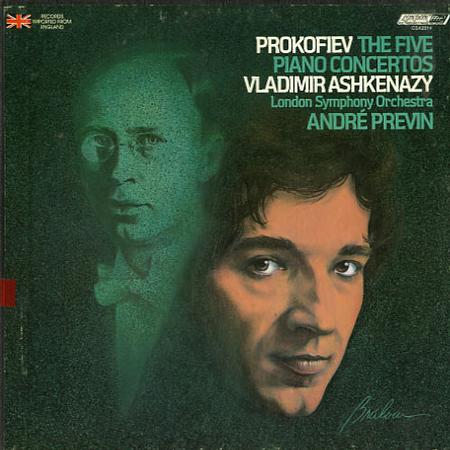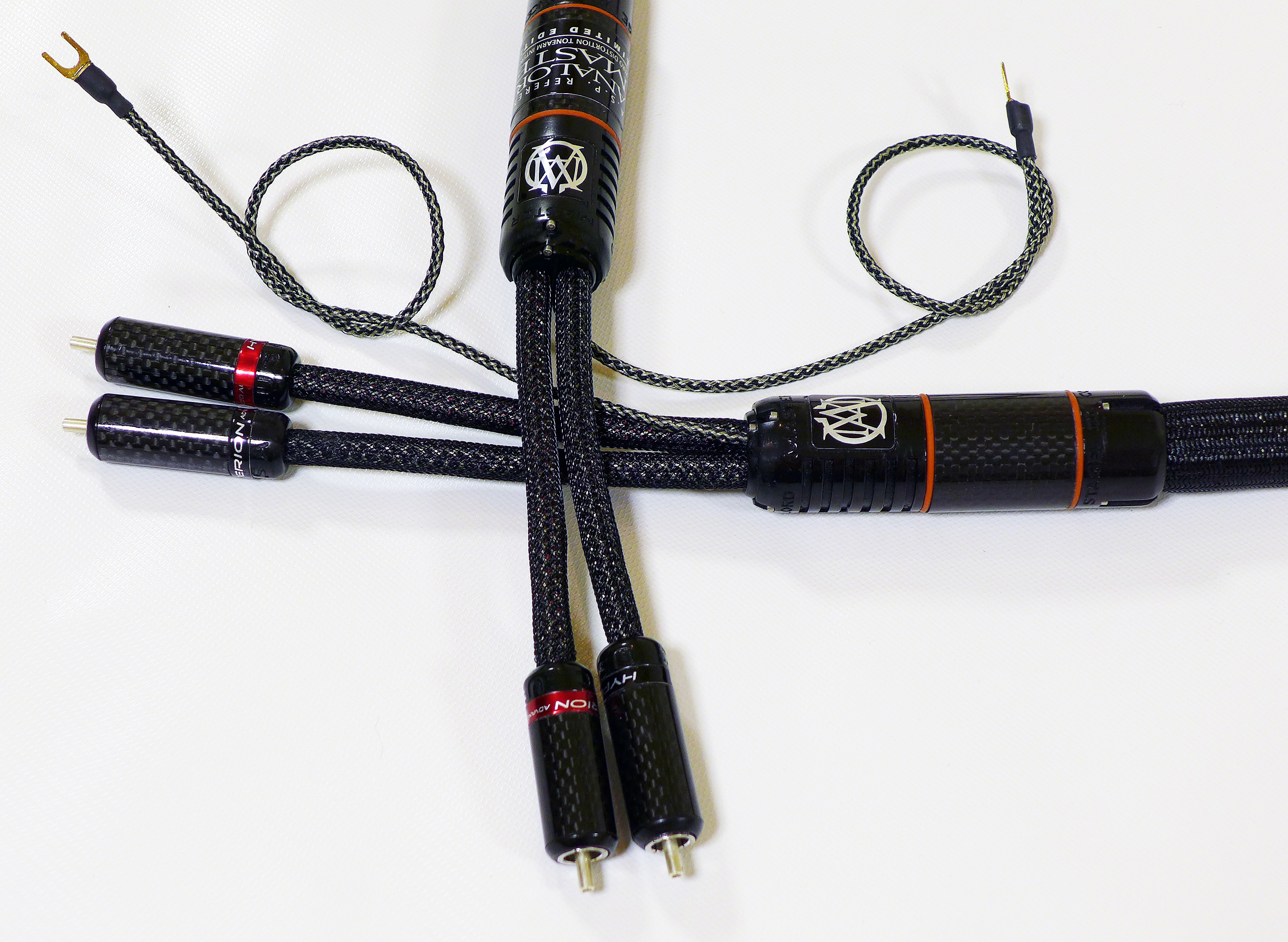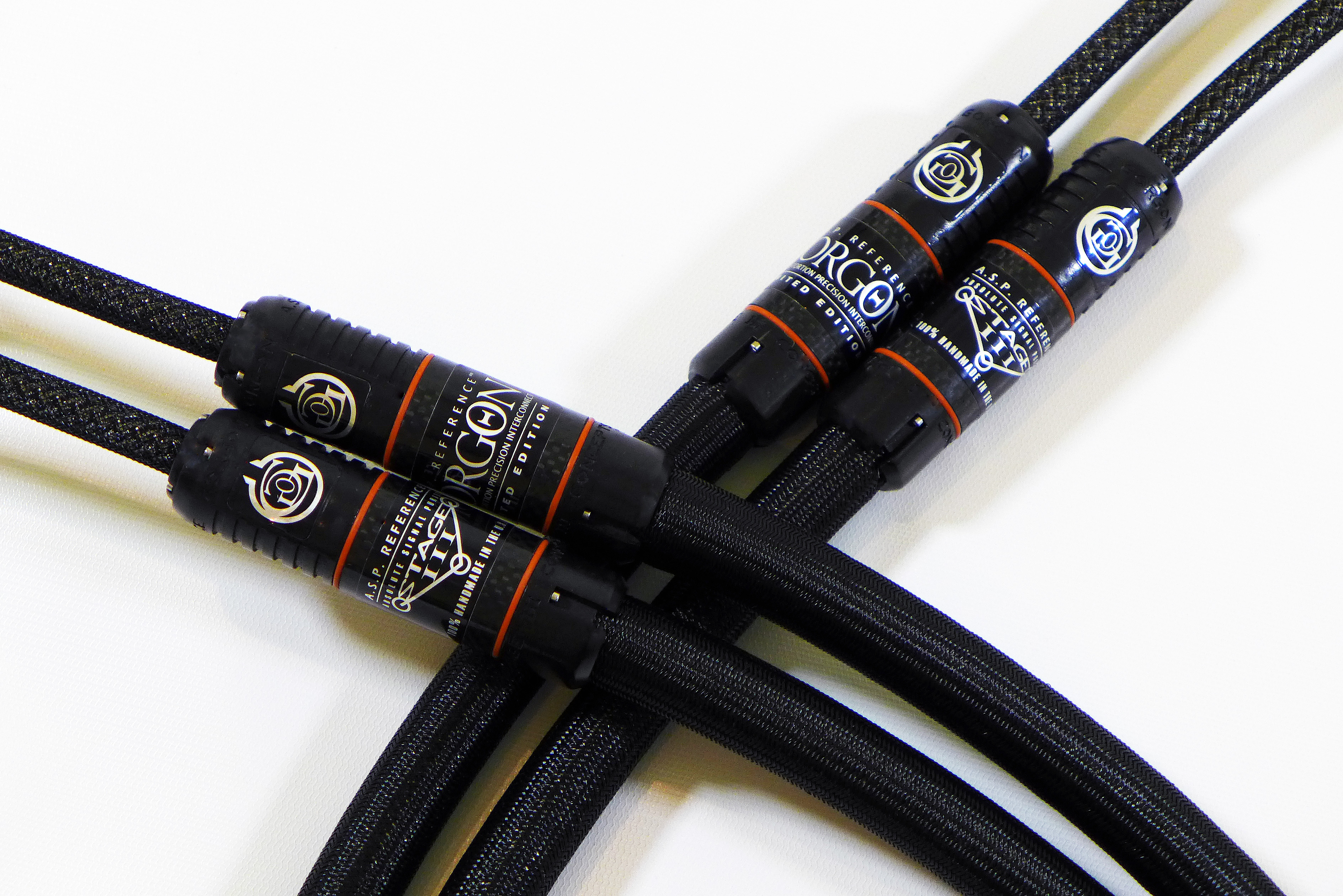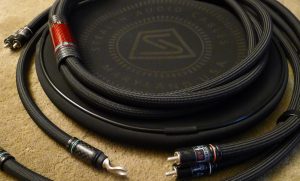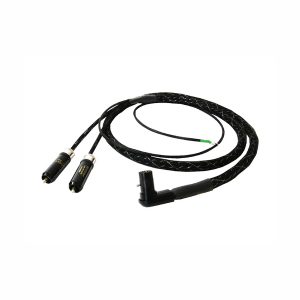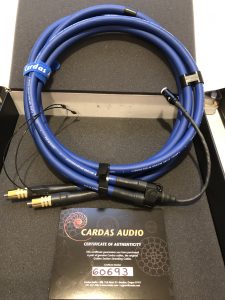One evening in the vacant space of my commute home, I contemplated phono cables. (Yes, too much free time on my hands.) Specifically, wouldn't the magnitude of difference in the output of a phono cartridge vs. that of an analog interconnect dictate a specialized design for the phono cable? (A medium output MC typically generates .5mv, while an interconnect carries about 2 volts.) A further puzzle: with such a miniscule voltage, does a phono cable ever get fully burned-in?
Poking around online yielded nothing, which surprised me given the number of pundits out there. Next I informally polled my acquaintances. My reference Kubala•Sosna Elation! cable line does not include a dedicated phono cable, but many other brands do. Brian Ackerman of Aaudio Imports was quite emphatic about the requirement for a specialized design and offered to send me the Stage III Concepts Analord Master Phono Cable to prove it. With a 50/50 split down the middle, I had no choice but to do the experiment myself.
Audio Reviews
If asked, I'd say there are three parts to an audio review, in no particular order 1) the company overview and a description of the product 2) the installation/setup 3) the ecstatic evaluation. Yeah, that may be tongue in cheek, but I bet nine out of ten fit that bill. There's a definite bias to the upside in audio reviewing.
I'm guilty of it, too. Who wants to spend two months with a component or accessory you don't like? I simply send them back. What I seek are products that potentially move the bar or offer outstanding value.
The Costume
This time out I decided to have fun and jump right to the third part—the party phase. Accordingly, I set about dressing my Allnic H-3000V Phono Stage in a suitable costume.
First, a set of three Finite Elemente Cerabase Compact Footers went under its external power supply. Next, a hefty Stage III Concepts Triton power cord was plugged into the same. Oh, there's also a Gorgon interconnect between phono stage and line preamp. We'll consider this to be the baseline for A/B comparisons. I'd previously ascertained all of these facilitate Allnic happiness. The costume would be completed later on with the new Stage III Concepts Analord Master Phono Cable (the product under review).
These accessories—a $6000 power cord, $640 footers, $5300 phono cable, and $7600 interconnect, all courtesy of Aaudio Imports—totaled $19,540. The component costs $15,000. Does that make any sense? In the topsy-turvy logic of the high end, cost is creatively rationalized. I direct you to the many studies of fringe group behavior, where you can read all about the "specialized logic" employed.
Now, getting back to my little party, the Allnic was decked out in what we'll consider to be baseline outfit. I cued up one of those early, black label Vanguard LPs, Goldmark Rustic Wedding, with Abravanel conducting the Utah Symphony Orchestra (Vanguard VSD-2142).
Yeow!
These big boy Stage III power cords really do a number on the Allnic H-3000V. It was like countdown and then lift-off, like a motorized air bellows was hard at work pumping oxygen into the hot air balloon that represented the soundstage at the front of my room. Dimensions inflated radically; the images got big and beefy, and started acting out in a pugilistic manner.
The Kraken Came First
I had originally used a bigger big boy on the Allnic, a Stage III Kraken model power cord (MSRP $8400). The Kraken was like a heavy-duty, double-capacity air bellows pumping away to inject a massive quantity of oxygen into the hot air balloon—too much. The boundaries of my medium-size room pushed out beyond reasonableness; the weight and power were too much. It went past realistic into the sensational and I had to back off.
The Kraken is designed to support huge current capacity and the ability to service big power amplifiers. The distributor says it can be used anywhere, including the front-end. It was just too much drama on my phono stage.
That's how I came to be using the one-down Triton model power cord. When I discussed these results with the distributor, he immediately suggested the Triton would be a better fit. He was right. Using a Kraken on your amp is a no-brainer; using it on a front-end component is situation dependent.
the Allnic in Full
Now we were ready for the Stage III Concepts Analord Master Phono Cable I had kept in reserve. After writing a succession of Stage III wire reviews, I should have foreseen what happened.
The air of mystery deepens in the introduction to Prokofiev's short symphonic work, Autumnal (from the box set The Five Piano Concertos, with Vladimir Ashkenazy and André Previn, London CSA 2314). I note a harp; maybe a bass clarinet? One of the attractive characteristics of the Stage III profile is an expanded timbral palette. These wires have more hue and color at their disposal. They make oboes sound more like oboes; violins like violins. Instruments are distinct by location, but also by virtue of their tone and timbre. Speaking of tone, it is a bit darker. The low-end is weighty and powerful.
Certainly larger and more massive, the dimensions have increased. Still, there's plenty of space around images without the use of artificial etched borders. They also take on different shapes. The French horn is a big, cloud-like source coming from deep on the left; oboes are pointed. Flutes sound sweet, with a little extra cushion of air—other winds don't have this, it's not applied indiscriminately. Nice.
Music has momentum almost like it has a faster tempo. And there's excitement in the air—listening is fun. When the full orchestra joins after two minutes it is spread laterally from speaker to speaker. The stage is at the plane of the speakers and solo instruments pop out, coming forward.
As I said, this was predictable. The entire cluster of Stage III virtues I've been writing about were brought to bear. While I can't say it was the equivalent of the Triton power cord—let alone the Kraken—there was nothing subtle about the performance boost from the Analord Master.
Installation
Similar results occurred when I paired the Analord with the CH Precision P1 Phono Stage (review coming).
I wanted to try it on the Lamm LP1 Signature Phono Amplifier (also in for review), but ran into a practical problem. The Lamm is fully dual mono and the phono inputs are very far apart. The leads from the Analord could not span the distance.
Build Quality
With the Gorgon interconnect there are two physically separate cables: one each for left and right channel. The Analord is one physical cable containing both channels. It splits into two pigtails at the termination point. Physically and cosmetically, the Analord is like one side of the Gorgon. The outer sheath, the terminations, the girth—all are at the same high-quality standard. These are beauties.
Internally, they share the latest Stage III construction details, such as:
Vacuum dielectric; Individually shielded conductors; 100% radiation invulnerable shield; Multi-layer construction with silica/ceramic/ferrite mechanical damping/shielding layer.
Custom handmade woven carbon fiber housings; Cryo-treated Hyperion silver RCA or XLR connectors with ceramic-infused polymer insulators; custom straight or right angle DIN plugs.
Differences Between Gorgon Interconnect and Analord Master
Following is a rundown of the differences between a regular Gorgon IC and the Analord Master Phono cable.
Each side of the Gorgon has 4 cryo-treated, expanded cross-section, custom slow-extruded silver/palladium AeroStrand Ultra™ ribbon conductors in a quad helix configuration. The conductors are 20 gauge.
The Analord Master similarly has 4 ribbon conductors, but in a twisted helix configuration and the conductor gauge is 23 for handling micro signals. Each conductor and the ground wire are individually shielded. There is a ground wire and mini-spade connector at either end in the event you run into noise issues. I never had to make use of them.
As you can see, the materials are similar, but the layout and the design are totally different.
Conclusion
It was a fun—and instructive—to dress up the Allnic H-3000V Phono Stage in an impressive array of Aaudio Imports accessories.
Still, at the end of the day, I have to admit my original objective was not met. I set out to determine if the miniscule output of a cartridge demanded a specialized phono cable design. To do so, I would have needed another Stage III analog interconnect to be able to swap between the two.
But I certainly found a specialized phono cable that performs spectacularly. The Analord Master Phono Cable shares the extroverted characteristics with the rest of the latest cables Stage III Concepts. These new wire products from Stage III perform consistently at the top of the game. It should be obvious they garner a top recommendation.
Analord Master Phono Cable
Retail: $5300/1m RCA
Stage III Concepts
Distributor
Aaudio Imports








